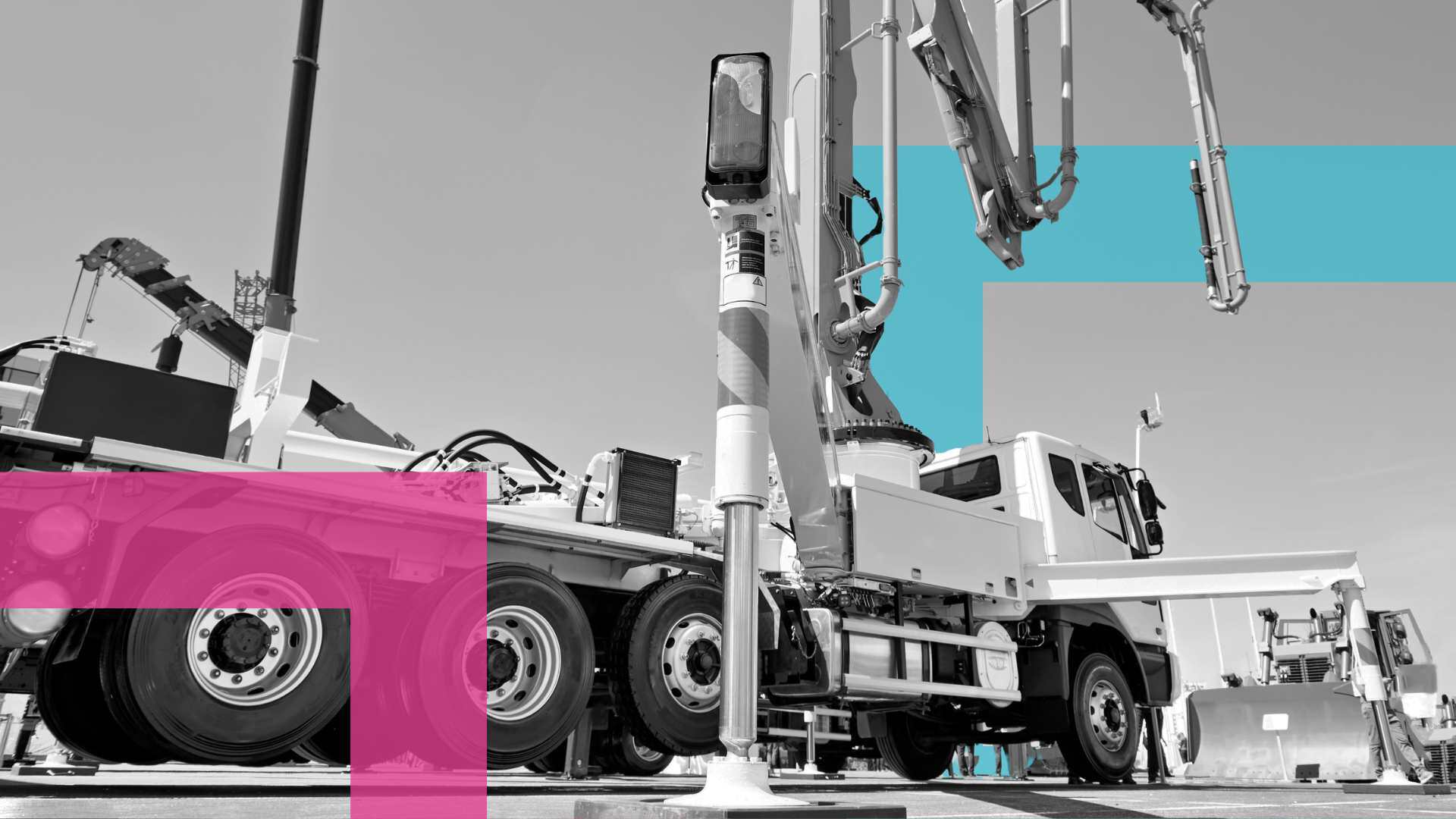Pre Start Plus rebranded to Ideagen Asset Guard
Ideagen Plant Assessor is pleased to announce the rebrand of its flagship pre-start app, Pre Start Plus, to Asset Guard. This rebrand aligns with...
|
|
Machinery Pre Starts
|
|
|
Risk Management &
|
|
|
Document Management
|
|
|
Dashboards & Reporting
|
|
|
Machinery Risk Assessments
|
|
|
Service & Maintenance
|
|
|
Safe Operating Procedures
|
|
|
MySite
|
|
|
View All Features |
Case Studies
Hear from our clients
Events
Find us at industry events
Guides
Find industry-specific guides
Learn
Educational content
News & Articles
Industry news and articles
Safety Legislation
We keep up with safety legislation
so you don't have to
Videos
Find overviews and informative
videos here
Webinars
View upcoming and on-demand webinars
Promotions
See our current promotions
FAQ
All of our frequently asked questions
Help Centre
How to use our software
View a Demo
Let us walk you through Ideagen Plant Assessor features
Release Centre
Product updates and release information

Ensuring the safety of machinery operators is critical in any industrial setting to prevent incidents and injuries, and protect worker wellbeing.
A comprehensive approach to machinery operator safety and wellbeing is not just a legal requirement but a moral obligation. We’ve compiled 6 essential tips for maintaining machinery operator safety in the workplace in this article.
Routine inspections on machinery can help identify hazards and faults that may put machinery operators at risk of serious injury. Machinery inspections come in two main forms; pre-starts and risk assessments.
Pre-start checks should be carried out prior to operation. The aim of these inspections is to pinpoint any faults with the machinery that could impact its performance or could pose a risk to operators. This not only allows for any issues to be rectified before an incident occurs, but also acts as an important information source for maintenance personnel relating to unscheduled and scheduled service requirements on machinery.
Risk assessments, on the other hand, are more involved inspections that are designed to identify hazards on machinery so that control measures can be put in place to mitigate risks. The risk assessment process rates the risk level of each hazard by analysing the likelihood of the presence of a hazard giving rise to an incident and the potential consequences of such an incident.
Risk assessments are commonly completed every 12 months, but should be conducted periodically based on the risk level of the machine. For more information, on the frequency of conducting risk assessments, see our article Risk assessment plan overview.
The hierarchy of control framework helps to ensure risks are controlled in the most effective way possible. The framework considers five possible ways of reducing the risk of the hazards, from most effective to least effective, with the goal of managing risks in the best way possible.
The five components of the hierarchy of control are:
Elimination
Substitution
Engineering controls
Administrative controls
Personal protective equipment (PPE)
For more information about how to effectively implement the hierarchy of controls to maintain operator safety, visit our article Hierarchy of control explained.
Service and maintenance are a critical contributor to machinery safety. If a machine is in poor condition, it is more likely to be hazardous and pose a greater risk to the safety of the operator. For this reason, it’s critical to ensure that regular maintenance and servicing checks are scheduled for each machine in your fleet. Not only can this improve operator safety, but it can also reduce the likelihood of major repairs and downtime for your machines.
Communication is key to ensuring everyone on your site, including your machinery operators, is fully aware of any hazards that may risk their safety. When it comes to the safety of operators, one-way communication, through the form of safety labels and safe operating procedures (SOPs), are a minimum requirement.
Two-way communication is central to the development of a good safety culture. This provides operators an opportunity to discuss and report safety issues. Regular two-way communication can take place in the form of:
Monthly safety meetings with a workplace safety committee.
Daily toolbox talks.
Feedback loop such as a survey or a suggestion box.
This type of communication can help to ensure that all personnel within a business are on the same page when it comes to maintaining a safe workplace.
In addition to consistent communication, routinely promoting a culture of safety within your business can help maintain your operators’ safety. Ensuring your workers all know that employee safety is paramount, will help to foster a safety-first culture.
Ways to help boost the safety culture message at your workplace include:
Rewarding safe behaviour.
Incentivising the reporting of hazards.
Regularly communicating the importance of safety with all workers, including machinery operators.
In many instances, implementing the above steps should help to reduce the potential for a machinery related incident to occur, however, it’s always best to be prepared. In the event there is an incident on site that risks the safety of your machinery operators, a thorough understanding of emergency procedures can result in better safety outcomes for your people. Ensure all personnel on your worksite know how to shut down machinery that may be posing a risk to an operator, and understand emergency evacuation procedures.
Plant Assessor can help. By utilising key functionality within Plant Assessor including machinery-specific risk assessments, digital pre starts, service and maintenance management and ready-to-download SOPs, our industry-leading software can help you ensure the wellbeing of operators by improving your business’ machinery safety and compliance. Find out more about Plant Assessor by calling our team of machinery safety experts on 1300 728 852 or emailing them at info@assessor.com.au.
Disclaimer: This information is intended to provide general information on the subject matter. This is not intended as legal or expert advice for your specific situation. You should seek professional advice before acting or relying on the content of this information.

Ideagen Plant Assessor is pleased to announce the rebrand of its flagship pre-start app, Pre Start Plus, to Asset Guard. This rebrand aligns with...
.png)
Many businesses operating machinery still rely on traditional paper pre start books for daily machinery checks. While these booklets serve their...

A concrete company based in Melbourne has been convicted and fined $30,000 after an incident involving a concrete pump resulted in a worker’s hand...